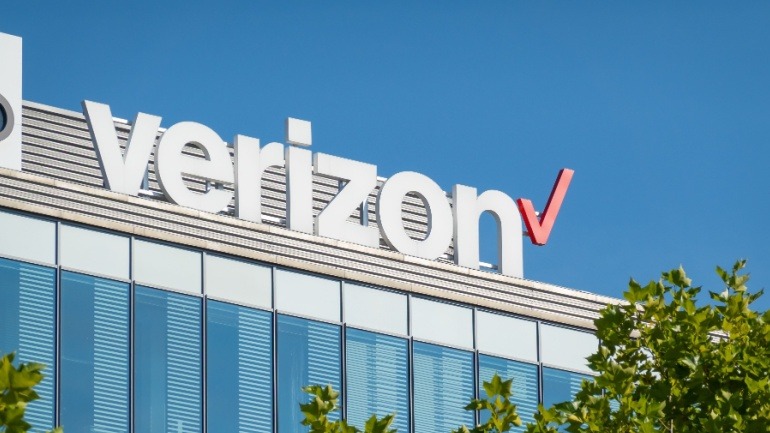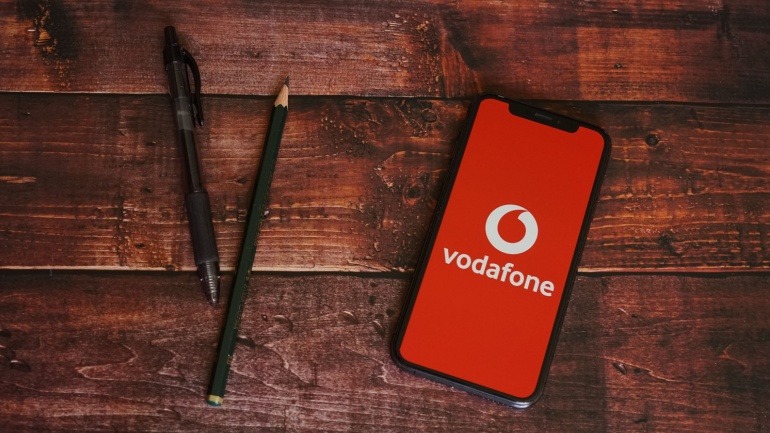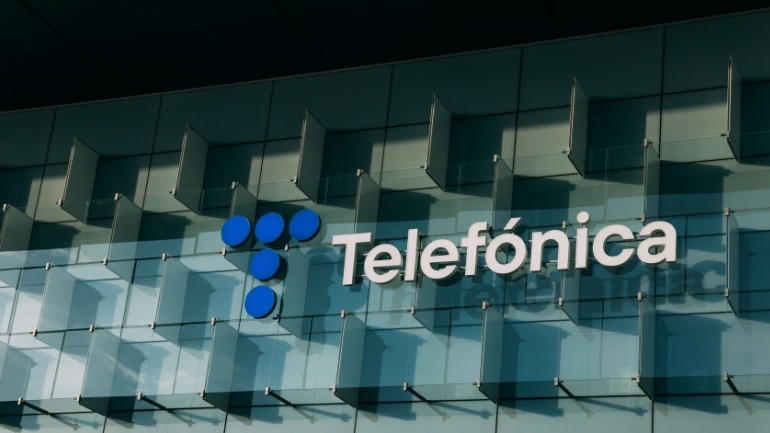The latest innovation from Skylo has paved the way for Non-Terrestrial Network (NTN) connectivity on the new Google Pixel 9 series. This collaboration aims to support emergency communications when conventional terrestrial networks are unavailable, marking a significant advancement for mobile users.
“This marks a new era of connectivity and peace of mind for Google Pixel users. For the first time, if you don’t have cellular or Wi-Fi in the US, Pixel users can try to connect to emergency services via satellite to get help and share your location with contacts,” the company said in a statement.
Google published a blog post detailing the capabilities of the new Pixel 9 devices. They are the first Android phones to support the Satellite SOS feature. This function sends an emergency questionnaire and location details to first responders while also notifying emergency contacts. Currently, the service is limited to the continental United States, requiring Google Message as the default messaging app. Notably, users can access these features regardless of their carrier plan.
To help users familiarize themselves with the feature, a demonstration is available on the Pixel 9. Satellite SOS is offered at no additional cost for the first two years post-activation of the device, as per Google’s fine print.
Skylo specializes in commercial NTN virtual RAN and provides narrowband NTN connectivity. “Two-way texting, honestly, solves 80% of the use cases that we encounter,” said Parth Trivedi, co-founder and CEO of Skylo. Text messaging often serves as a preferred mode of communication over voice calls, and this innovation addresses a majority of IoT use cases.
Earlier this year, Skylo raised $37 million to fund its non-terrestrial cellular service, with investments from Intel, BMW, and Samsung among others. This financial boost underscores the high level of interest and potential in the NTN sphere.
Skylo’s integration with Google Pixel 9 enriches the device’s emergency communication capabilities, presenting it as a pioneering solution for areas with limited connectivity. This shift could significantly benefit users in rural, remote, and emergency situations, providing much-needed reliability and security.







